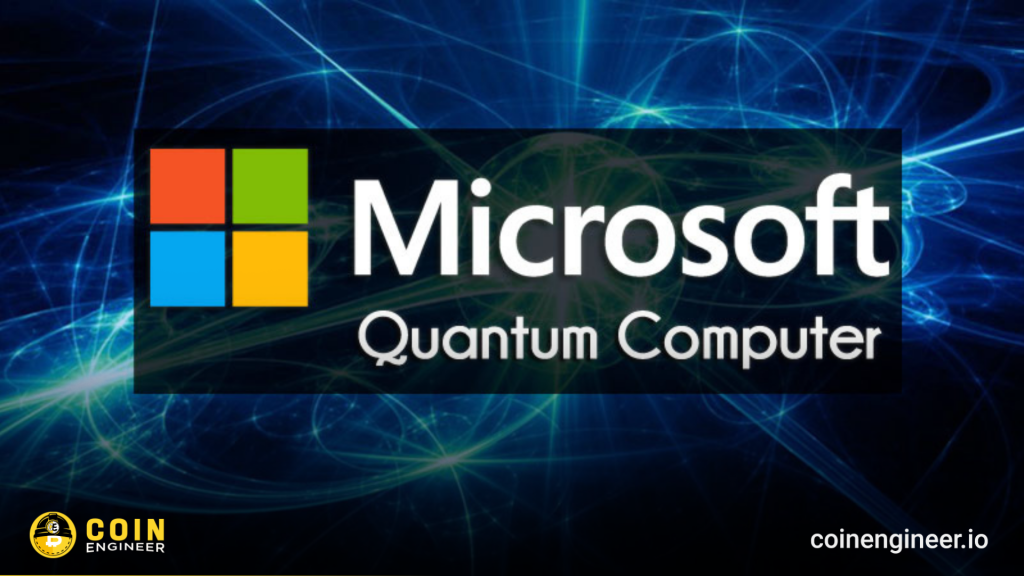Microsoft and another tech company, Atom Computing, are signaling a quantum-focused future for blockchain mining.
Microsoft and California-based technology firm Atom Computing recently announced a breakthrough in quantum computing that could pave the way for a transformation in the proof-of-work (PoW) system used in blockchain mining.
Scientists and engineers from the two companies developed a quantum computing system made up of 24 entangled logical qubits, produced using only 80 physical qubits setting a new record for the highest number of entangled logical qubits achieved with error correction techniques.
The significance of this scientific breakthrough lies in the efficiency the teams achieved. Previous estimates had suggested that thousands of physical qubits working together might be needed to produce a single logical qubit.
Thanks to the entanglement of 24 logical qubits created with just 80 physical qubits, the reference frame for how large these systems can be scaled and when companies like Microsoft and Atom Computing might scale them has shifted significantly.
Atom Computing Overview
Analysts have long predicted that quantum computers could reach a capacity to provide an advantage or quantum speedup in breaking certain classical data security measures.
What are Quantum Computers and SHA-256 Encryption?
In certain blockchain networks, such as the Bitcoin blockchain, miners must solve a puzzle to demonstrate proof-of-work (PoW).
The most advanced blockchain miners, such as the models used by the world’s largest Bitcoin mining facilities, compete to find a hash for a block header. To solve the puzzle, they need to find a hash that matches a target defined by the network’s difficulty.
What makes this process even more complex is that the difficulty is adjusted every 2,016 blocks to ensure new blocks are added to the blockchain approximately every 10 minutes. As a result, it has become increasingly difficult for classical miners to solve the puzzle.
What is Grover’s Algorithm?
The theoretical data-mining technique known as “Grover’s Algorithm” could mark the end of classical blockchain mining.
Grover’s Algorithm is a method that offers a square-root speedup over classical brute-force searches and has been proven in small-scale experiments. However, its application to large-scale problems, such as SHA-256, remains theoretical because the quantum hardware needed for such a task has not yet been developed.
Specifically, for SHA-256, a quantum computer with hundreds or thousands of error-corrected logical qubits would be required for Grover’s Algorithm to function well enough to break classical encryption algorithms.
Quantum Speed Up
Grover’s algorithm could reduce the complexity of SHA-256 to half of what is required by classical methods, and properties of quantum mechanics such as superposition and interference further enhance the potential for speedup.
With approximately 3,000 logical qubits, systems like those from Microsoft and Atom Computing could surpass classical mining pools and have the capability to win blocks. However, it remains uncertain when such quantum mining systems will become available; estimates range from 10 to 50 years.
Microsoft and Atom Computing‘s plan to launch a 1,000-qubit quantum computer in 2025 could be an important step forward in this field.
In the comment section, you can freely share your comments about the topic. Additionally, don’t forget to follow us on Telegram, YouTube, and Twitter for the latest news and updates.


